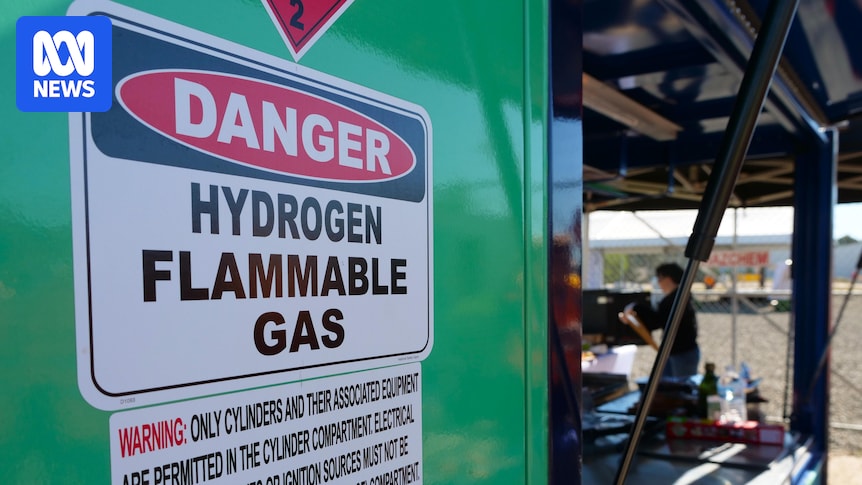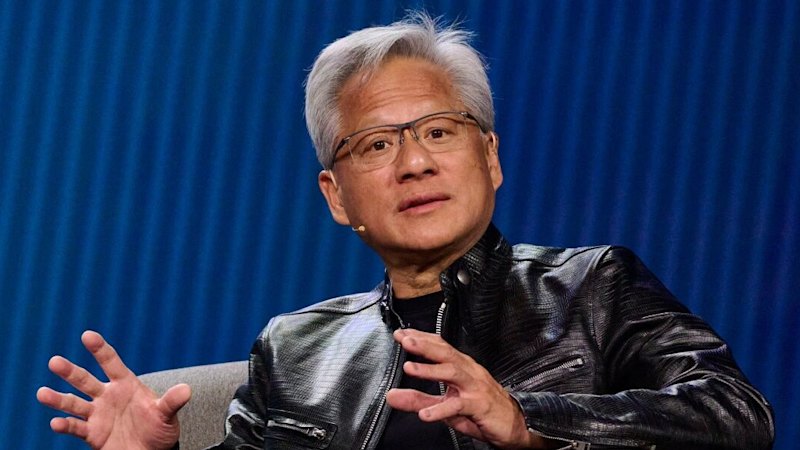
A central Queensland city has become the first in Australia to have its entire gas network blended with green hydrogen, despite facing greenwashing accusations against the company spearheading the project. The Australian Gas Infrastructure Group (AGIG) unveiled its Hydrogen Park Gladstone facility on Wednesday, marking a significant milestone in the country’s renewable energy landscape.
The facility blends up to 10 percent hydrogen with natural gas, providing a lower-emissions product to approximately 700 customers in Gladstone. “This is a demonstration facility, so the purpose of this is to show [the technology] and for us to learn that it is technically possible to blend into a whole-of-city network,” said acting chief executive Cathryn McArthur.
Green Hydrogen Initiative and Its Impact
The project, operational for about six months, has already produced over one tonne of green hydrogen. This hydrogen is created onsite using an electrolyser, which splits water into hydrogen and oxygen. The blended gas is then distributed throughout Gladstone’s network, serving both commercial and residential customers at no additional cost.
The Queensland government supported the project with $2.73 million in funding, while AGIG invested $6.48 million. Although AGIG has been supplying blended gas from its South Australian facility, Gladstone is the first city where the entire network uses the product.
Accusations of Greenwashing
The launch of the Gladstone site comes shortly after the Australian Competition and Consumer Commission (ACCC) initiated action in the Federal Court against the Australian Gas Network’s advertising claims. The ACCC argues that technical and economic challenges prevent the company from guaranteeing its gas will be renewable within a generation, alleging greenwashing.
“This [Gladstone] project is a real-world demonstration of the potential of renewable gas. It’s here, it’s real, it’s viable and it works,” said Cathryn McArthur, defending the company’s position.
Expert Opinions and Challenges
According to Greg Metha, acting director for the Centre of Energy Technology at the University of Adelaide, projects like these need a much higher concentration than the current 10 percent to significantly reduce carbon emissions. “The amount of carbon dioxide that you save is much less than 10 percent,” Dr. Metha explained. “So in terms of how much impact it will have? The answer is not a lot.”
Ms. McArthur acknowledged the current limitations but emphasized the importance of starting somewhere. “It is a 10 percent blend but you’ve got to start somewhere, and hopefully one day we will see that at 100 percent,” she stated. The company aims for 100 percent renewable and carbon-neutral gas in its distribution networks by 2050.
Technical and Economic Considerations
High concentrations of green hydrogen in existing gas networks can cause steel pipes to become brittle. Ms. McArthur noted that the company has planned and costed for minor modifications to its existing network to accommodate 100 percent green hydrogen. However, Dr. Metha believes the transition will be challenging, citing the need to change burners in homes as an example.
“Hydrogen should be used in industries which are tricky to decarbonise, such as in ammonia production,” Dr. Metha suggested, adding that switching to electric appliances might be more efficient for households.
Future Prospects and Economic Opportunities
The AGIG launch in Gladstone coincided with developers withdrawing from a $14 billion green hydrogen export project in the city. Earlier in the year, Fortescue also abandoned its electrolyser manufacturing site in Gladstone, highlighting the volatile nature of the green hydrogen sector.
Despite these setbacks, governments have identified green hydrogen as a significant economic opportunity for Gladstone as the nation moves towards decarbonization. AGIG plans to open another site in Victoria’s Wodonga next year, which is expected to be one of the largest in the country once operational.
As Australia continues to explore renewable energy solutions, the Gladstone project serves as a critical test case for the viability and scalability of green hydrogen in urban gas networks.





